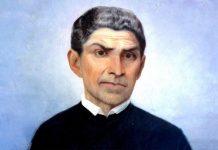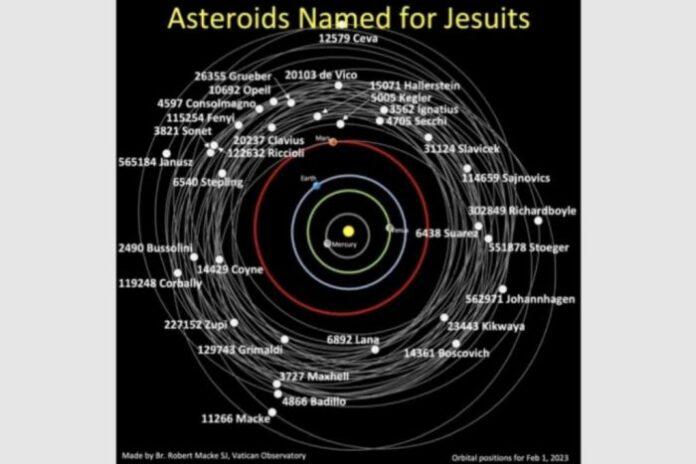Created in 1582, the Vatican Observatory has become one of the world’s oldest astronomical observatories in activity.
Photo: Divulgation/Br. Robert Macke S.J./Vatican Observatory.
Newsroom (25/02/2023 17:15, Gaudium Press) Four newly discovered asteroids have been named after a Pope and three Jesuits. The honor was announced by Christopher Graney, a scientist at the Vatican Observatory earlier this week.
The asteroid “560974 Ugoboncompagni” is named after Pope Gregory XIII, who started the tradition of papal astronomers and observatories. Three other asteroids were named after notable Catholics, all of them Jesuit religious. Currently, more than 30 asteroids bear the names of religious of the Society of Jesus.
“562971 Johannhagen” honors Father Johann Hagen (1847-1930), director of the Vatican Observatory from 1906 to 1930. “551878 Stoeger” honors Father Bill Stoeger, SJ (1943-2014), a cosmologist and theologian at the Vatican Observatory. Finally, “565184 Janusz” honors Father Robert Janusz (b. 1964), currently on the observatory’s staff.
Asteroid naming process
After an asteroid is discovered, it is given a permanent designation number. At that point, the person who discovered the asteroid can suggest a name for it. The naming process can take decades, and follows a number of rules.
The following are not allowed: pet names and names of a commercial nature. Names of individuals can only be used 100 years after their death, the same with known events can only be chosen after their centenary.
The suggested names are judged by the Working Group for Small Body Nomenclature of the International Astronomical Union (WGSBN), composed of 15 professional astronomers from around the world.
Vatican Observatory: one of the oldest in the world
Established in 1582, the Vatican Observatory has become one of the world’s oldest active astronomical observatories. Initially it was housed on the roofs of St. Ignatius Church in Rome, but later moved within the Vatican walls. The current headquarters of the Vatican Observatory is located in the pontifical villas of Castel Gandolfo, just a few kilometers from Rome, next to the Popes’ summer residence.
The Vatican Observatory also has a research group at the University of Arizona (USA) where, in partnership with this institution of higher learning, it built the Vatican Advanced Technology Telescope on Mount Graham, which began operating in 1993. The geographical change was due to light pollution in the Rome metropolitan area. (EPC)
Compiled by Teresa Joseph

































